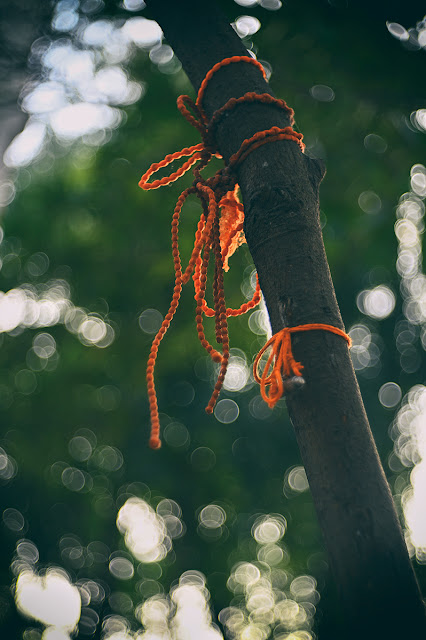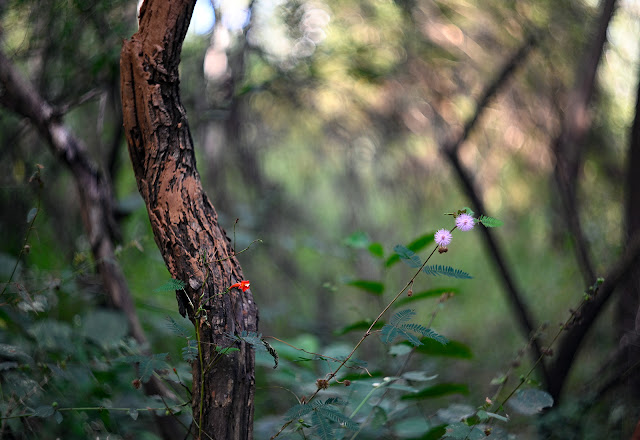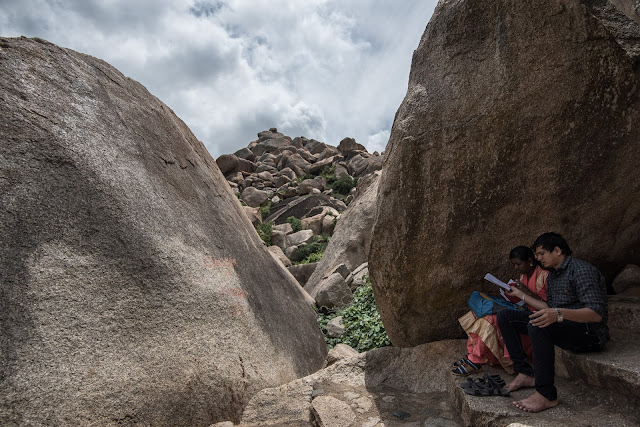Meyer Optik Görlitz lenses have a very long legacy in the world of camera optics and there is a huge fan following for these lenses even today.
There are lots of literature available on the internet that explains the history of the company from various perspectives. Below are a few such links.
History of Meyer Optik from 1896 till today!
In the list of Meyer lenses, there are a few families of lenses that have a special place in the hearts of vintage lens shooters. Those are Primoplans and Trioplans. Meyer Optik produced two lenses in the Primoplan series - Primoplan 58mm f/1.9 and Primoplan 75mm f/1.9. More about the Primoplans in another post. The Trioplan series consists of Trioplan 50mm f/2.9 and the more famous Trioplan 100mm f/2.8.
While the Primoplans are known for their buttery-smooth rendition of the bokeh with some added punch, the Trioplans are very well known for their soap-bubble bokeh! While it is very understandable that the Primoplans gained a lot of success for their usage in portraits, thanks to the exceptional rendition by them, what I am still perplexed is the real and practical usage of Trioplans in those days of 1950s and 60s. This is due to the fact that Trioplan lenses render the bright spots in the out-of-focus area as soap bubbles, whose liking is very subjective according to me. To some, they look awesome and very unique (of course they are unique) and to some they are distractions! The fact that I am writing this post almost indicates that I belong to the former group! :-)
- Of course the Bokeh...what else?!!
- Rich Color rendering
- Excellent contrast. Doesn't feel like a lens made in the early 1950s!
- Very decent sharpness wide open. Definitely not soft, not even close!
- Stop down the aperture a little and the sharpness becomes quite unbelievable!
What I don't like:
- Don't pixel peep on the edges of the photos. They would be soft.
- That's it! Rest everything I like! :-)
This lens wants you to shoot for its strength. For that matter, most of the vintage lenses are like that.
Under the right conditions, this lens can create some magical images, which no other lens can produce.
Cheers,
Ash






















































